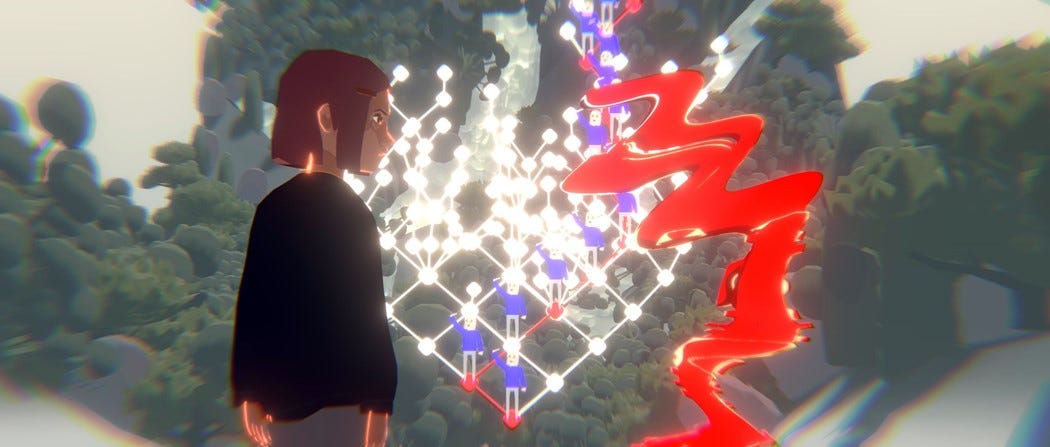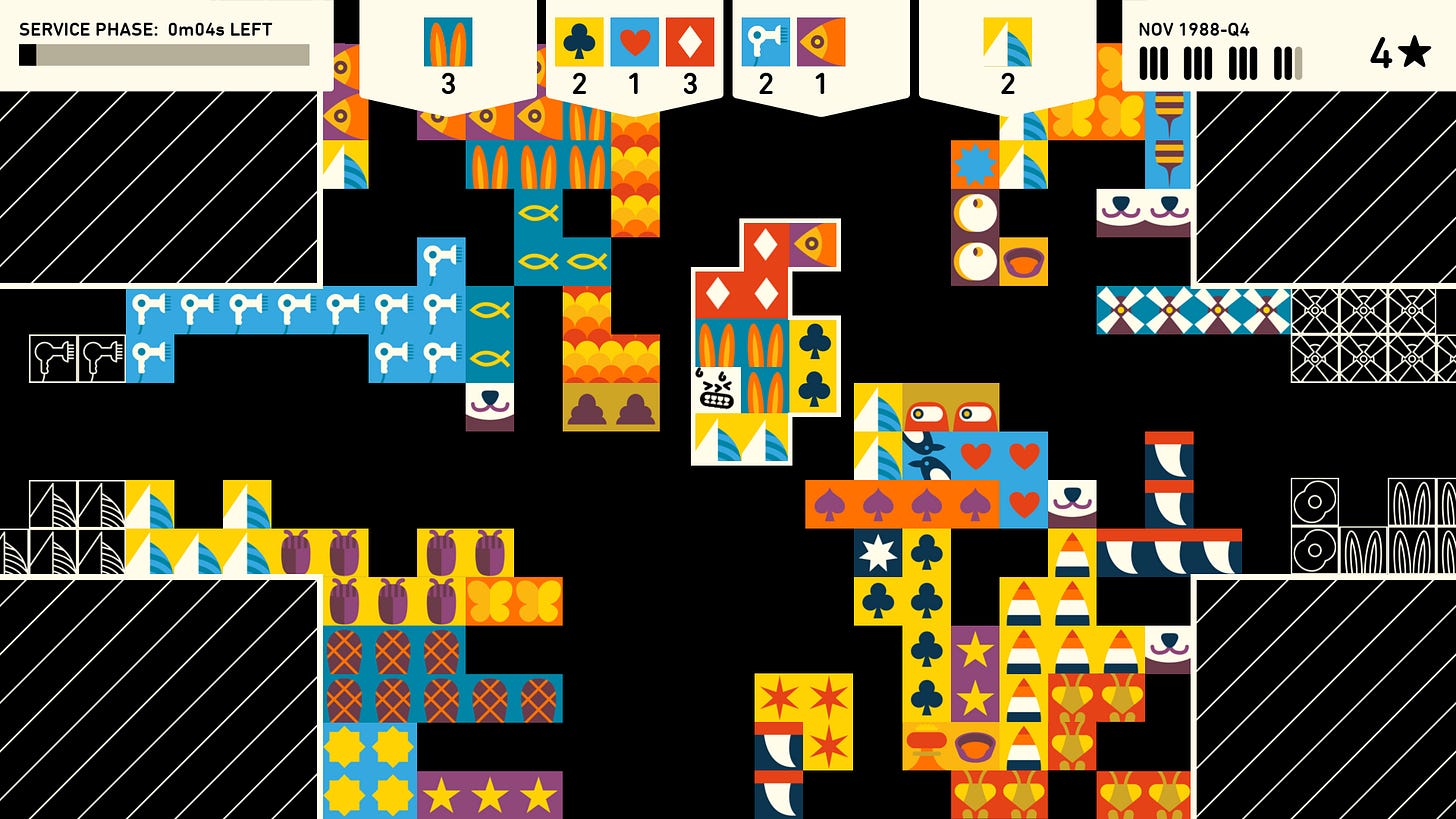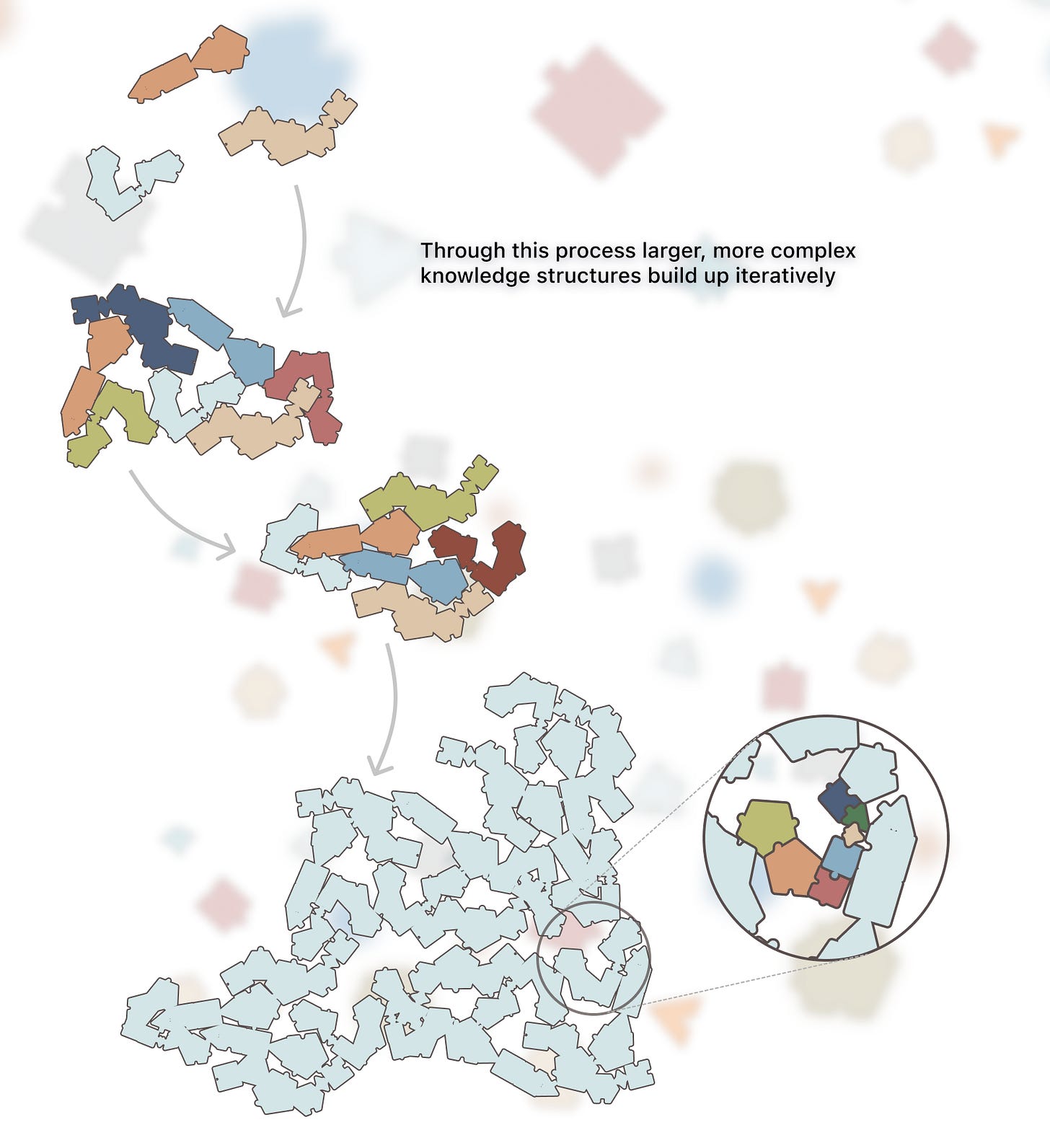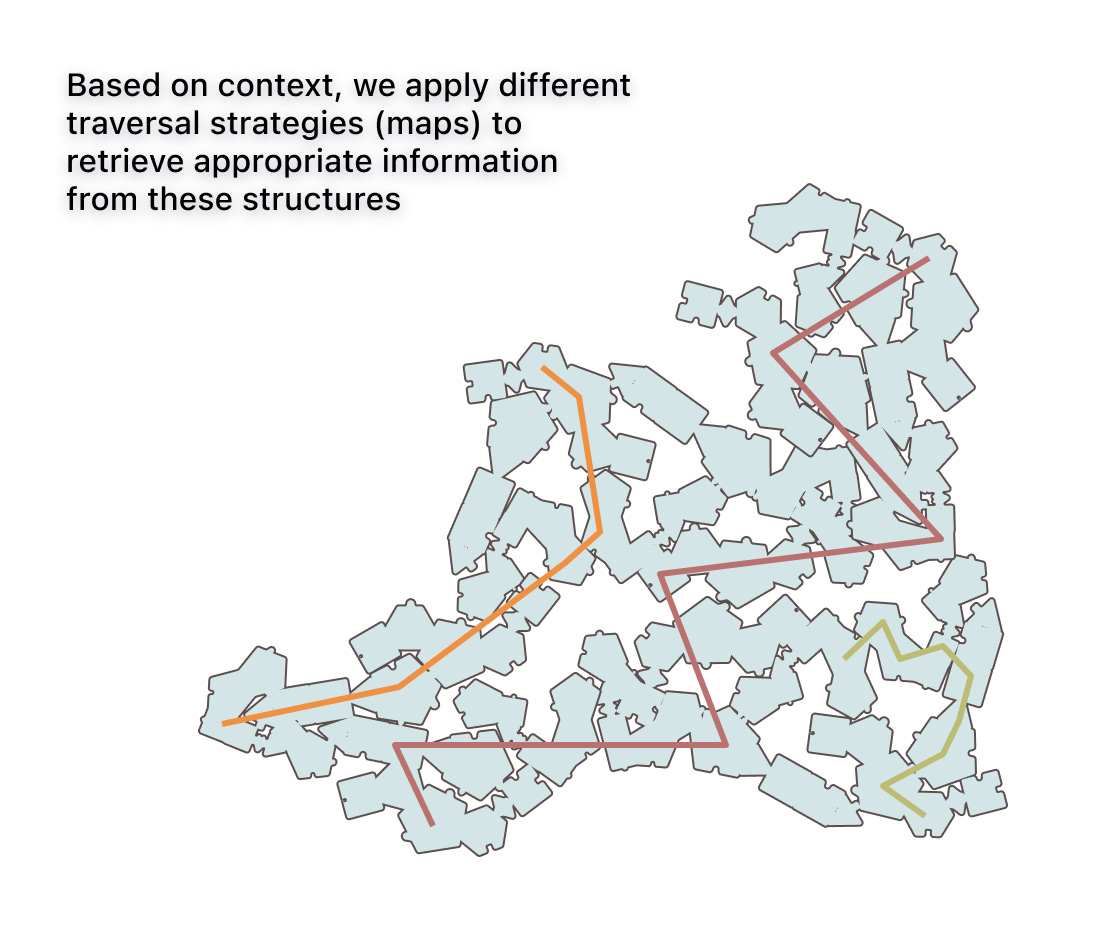The Structure of Wisdom
Shaping and reshaping belief
We all have our own unique way of thinking that is both shaped by and shapes how we view the world. Given the same scene we each notice different details and ponder different interpretations. Most of which we promptly forget. I would say >99% of what I think is discarded immediately after thinking it, but some tiny fraction does stick around. For me, it’s all well and good generating insights and trying to collect as many ideas as possible but I also want to understand how information ends up in my personal model of the world.
How do we build up a set of concepts that make sense together? Some ideas are compatible, others aren't. It cannot be the case that the Earth orbits the Sun and that the Sun orbits the Earth, only one idea can be true1. Sometimes, evidence forces us to reject old ideas and embrace new ones, forcing our model to adapt. A brain’s thankless task is to eternally build and rebuild a model of the world, solving a giant, ever-changing puzzle:
Some ideas naturally connect to one another while others are non-sequiturs. Some ideas only make sense if pre-existing notions aren't blocking their way. We naturally learn to throw some old ideas away and replace them when we detect cognitive dissonance, a gap between our understanding and reality. Of course, some ideas are more deeply connected than others and it takes conscious effort to clear space for new information.
Ideas become more deeply integrated into our model as larger and larger chunks of ideas begin to form into knowledge structures. To learn, we simply have to expose the surface area of our existing knowledge structures to new ideas. That is to say, we have to “experience novelty” or “do things”.
There are two main variables we can manipulate here:
The structure of our ideas
The information environment we expose ourselves to
I think about this as a two-phase process where I play two different “games” to accelerate my thinking:
Phase 1: Organise
Take stock of your existing knowledge structures. Is this really the best way to think?
I will sit on my couch, staring into space and reflect on anything that is confusing me. What can’t I explain? Where is the missing piece? Am I too zoomed in? Too zoomed out?
During this process I leave space for the ideas I’d like to have by asking myself open questions. Formulating a question creates a “spot” for an answer to attach in the future if we should bump into it. Speaking of which, it’s time for the next phase.
Phase 2: Collect
This is the fun part. Get out there and roll your brain around and see what ideas stick on the outside.
If I asked good questions during Phase 1 then the insights happen for free during Phase 2!
I rotate through different media sources, topics, routines, habits etc. based on appetite2. My goal is to stimulate creative thought, so I tend to prefer breadth of content but obviously this is a choice you should make based on your goals and your mind. As far as I can tell there is no “right way” to do this but I find that following my curiosity is almost always the path of least resistance.
As we cycle through these phases, more and more complex structures begin to form out of the simpler building blocks. This is classic emergence. Bump into enough ideas and complex structures naturally emerge. It’s no coincidence that this all very similar to protein formation and molecular structures of atoms. It’s evolution all the way up and down.
Over even more cycles you begin to consider not only the structure and acquisition of ideas but also how best to think about them practically. We can re-formulate the concepts we use to understand a topic and we can learn better thinking strategies to store and retrieve ideas efficiently based on our context. This is the basis of learning, how to more accurately model reality and predict what could happen next.
We learn whether we want to or not, but, our mode of thought can affect the pace and the outcome. Bloom's Taxonomy puts analysis, evaluation and creativity as the highest-order modes of thinking, where we can find the most opportunity for learning. The best results come when we are regularly retrieving existing knowledge and comparing it to our current focus and synthesising new ideas from the combination.
When engaged in higher-order thinking we can notice that there are many ways to explore and interpret the information we already know. Traversing our knowledge structures frequently lets us recognise more effective traversal strategies for specific situations.
This shows up as nuance in our thinking, for example: when exercising sometimes the right choice is to push through certain kinds of pain… but when is “sometimes?” We might start out with an overly simple strategy:
“no pain no gain.”
But, as we gain experience we deepen our reasoning:
“Hm, this rep feels different to usual. Why could that be? I guess I have trained 3 times this week already and I haven’t been sleeping well… I might risk an injury if I keep pushing here.”
Unless you’re an LLM this kind of out-loud reasoning doesn’t scale beyond a few sentences. Practically, it makes no sense to stare into space analysing huge quantities of information before taking action. If a pattern of thinking is useful then, over time, it will be compressed down to an efficient heuristic:
“This rep feels like I am overtraining.”
By paying attention to and reflecting on our past approaches we can refine the route we take through our knowledge structures. As we continue to learn, we move up layers of abstraction through these generalised heuristics:
I have a strategy for X
I have a nuanced strategy for X
I have several strategies for X
I have a meta-strategy to pick the appropriate strategy for X
To make this concrete, let’s return to our example:
“No pain, no gain!”
“I might hurt myself if I push too hard”
“In training it makes no sense to injure myself, but sometimes during a competition it could be worth a small injury if I could win”
“My goal is to be a successful athlete long term, so the motivation behind my current activity changes the way I approach it!”
If you regularly find yourself arriving at 4 then it will become a stepping stone to cross-domain transfer:
“Hey… What if working on my art project can also lead to overtraining? I should consider whether it’s worth pushing myself as hard as possible.”
These routes we take through our knowledge can themselves be embedded within a conceptual building block (an idea) and used build higher-order knowledge structures. With enough practice we can strategically select the most appropriate way to navigate our thoughts for the current situation:
This process of acquiring context, reflection, synthesis and compression seems, to me, to be the fundamental nature of conceptual thought.
There are an infinite number of paths through our knowledge. They fork and rejoin an infinite number of times. Yet, somehow, we can learn to map this structure despite its complexity and we can reason across many levels of abstraction at once. Generalised knowledge emerges by paying attention in a feedback loop.

Gracefully navigating these structures in real-time is a learnable skill, it's called wisdom. The longer this process runs, the more of your experience that can be integrated and organised into your own personalised knowledge structures for you to generalise across3.
I firmly believe that the right way to learn something is the way that makes the most sense to you. I learn things out of order, without the prerequisites, by skimming through them and often by accident. I don’t really think any of that matters. I look for the footholds into the adjacent possible and just keep learning, eventually I’ll understand enough to realise where the gaps are.
Until next time,
✌️ Ben
Stuff I’ve been thinking about
🕸️ Architectures of Topological Deep Learning
🧠 Can We Build An Artificial Hippocampus?
🤖 Experimenting with LLMs to Research, Reflect and Plan
🪐 Stephen Wolfram: ChatGPT and the Nature of Truth, Reality & Computation
💸 How Influencers Break The Law
(spoilers: the sun wins)
I will probably write a whole post about this.
Some people suspect that “enlightenment” has something to do with flattening out the hierarchical model we often use to understand the world and re-organising our thoughts into a perfectly self-similar structure (like a crystal). See
https://twitter.com/RubenLaukkonen/status/1651033008332505089








![Bloom's Taxonomy: Revised Levels, Verbs for Objectives [2023] Bloom's Taxonomy: Revised Levels, Verbs for Objectives [2023]](https://substackcdn.com/image/fetch/$s_!UKDg!,w_1456,c_limit,f_auto,q_auto:good,fl_progressive:steep/https%3A%2F%2Fsubstack-post-media.s3.amazonaws.com%2Fpublic%2Fimages%2F93780d9e-5b54-4c12-a2bd-472281fa721d_800x500.jpeg)


I commented on someone's post recently about our human capacity to "think about thinking". That person was talking about human exceptionalism and the evolution of consciousness while reviewing literature suggesting that it was women who first entered that territory.
As a lifelong lover of wisdom, I couldn't resist your title and I found your article all worth the read. I appreciate the clarity, the details, the examples, and the comprehensiveness of your report. I think you have offered an excellent map and marked a powerful trail.
In my own work, I often employ the classical notion that wisdom is the result of goodness, truth, and beauty working together. I have a theory that most of us tend to favor one of these three "doorways" into wisdom. Your article got me thinking about how lovers of truth, lovers of beauty, and lovers of goodness might think differently. In each case, we can develop the ability to take our thought as the object of our reflection but does our thought tend to encompass different things? Does each love disclose a different realm? Is integrating the realities of these realms the work of wisdom?
Thanks to you, I will be thinking about these questions. I hope you don't mind that I shared them here in a stream of consciousness. I certainly look forward to reading more of what you have to say on this and other topics. 🌼